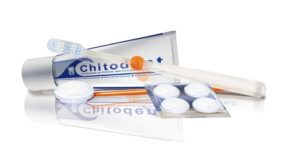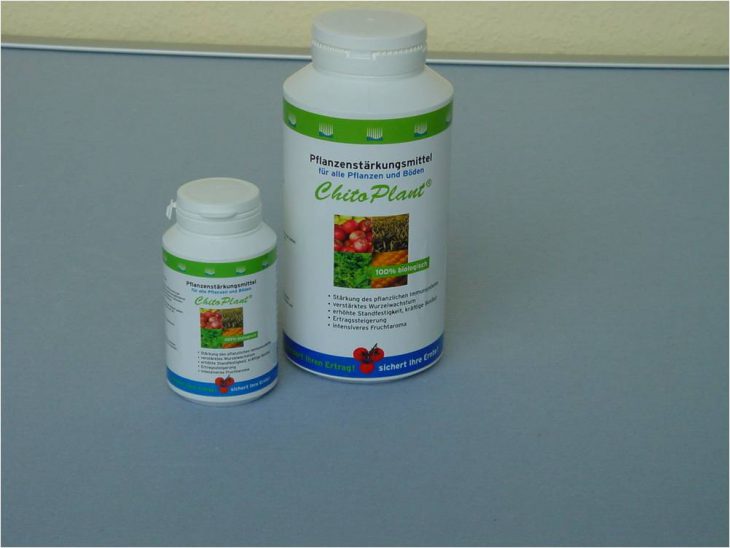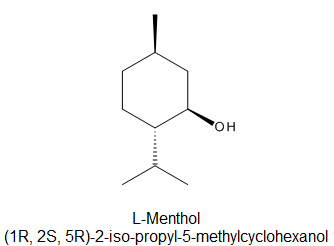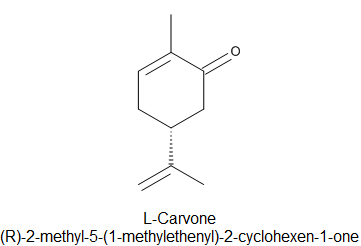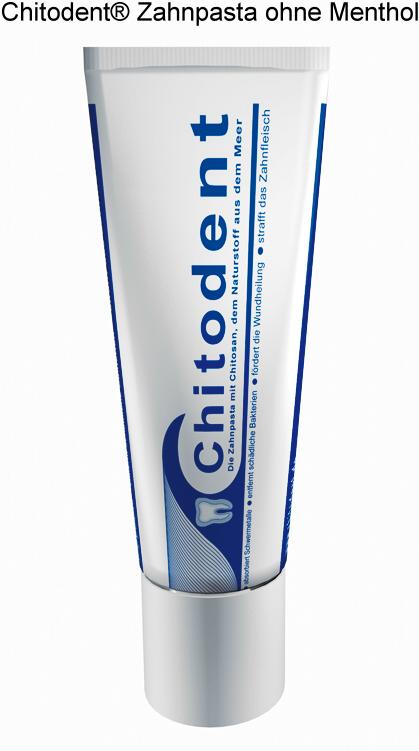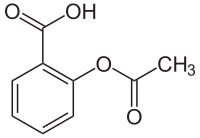Microfibre finger toothbrush – brilliant white teeth and dead microbes
After cleaning with the textile Chitodent® microfibre finger toothbrush, your teeth and gums are plaque-free. Your teeth are clean and sparkling.
Microfibres are ideal for the Chitodent® finger toothbrush due to their incredible density. Microfibres are so fine that many of them can be packed tightly together. The cross-section of microfibres provides a far larger contact surface than any other fibre.
Capacity is improved by the high number of air chambers and very small pores.
Details of microfibres in the finger toothbrush:
The standard for a microfibre is the finest natural thread, silk thread, which is just 1 dtex.
This means that 1 gram of thread is 10,000 metres long.
Microfibres are usually made of polyester, polyamide and polyacrylic, i.e. they are chemical fibres. They are between 0.2 and about 1.0 dtex thick. Microfibres can be twice as fine as silk, three times finer than cotton, about six times finer than wool, and sixty times finer than a single human hair.
About three kilograms of such a thread would be enough to wrap around the equator. The contact surface area between the microfibre finger toothbrush and the teeth is huge; it has outstanding cleaning performance, removing plaque and build-up.
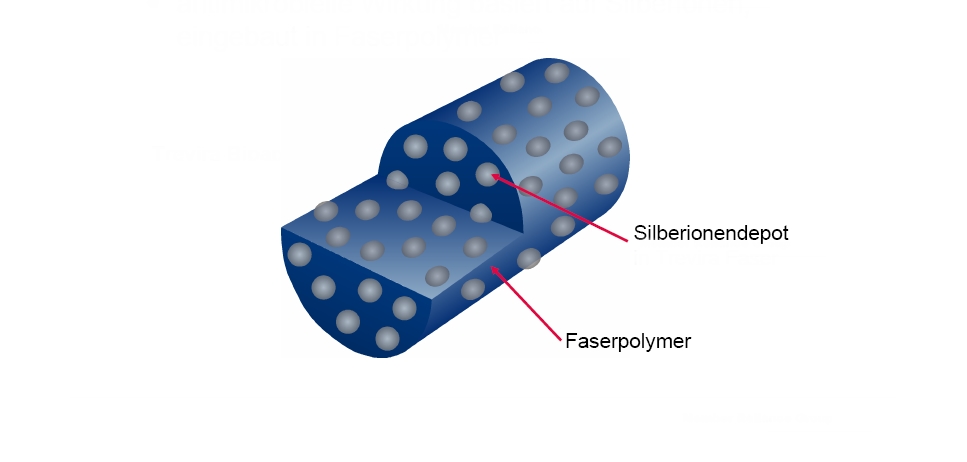
The silver in Trevira® bioactive fibre guarantees antibacterial activity. The antibacterial effect is not reduced by frequent washing or use.
The Chitodent® finger toothbrush contains a fibre that kills microbes and bacteria.
Besides the microfibres, the microfibre finger toothbrush consists of an antibacterial high-tech functional yarn with silver ions, the bioactive fibre by Trevira®.
Antimicrobial silver ions can now be added and permanently attached to the fibre. The antibacterial silver is firmly anchored in the fibre. Chemical substances in the environment which can affect the skin flora migrate to fibres which have been treated with nanotechnology (with silver) and post-treated (coated or flocked).
Die Chitodent® Mikrofaserfingerzahnbürste aus diesem Trevira ® Hightech-funktionsgarn, in dem Silberionen in keramische Träger eingebracht dauerhafte feste Verbindung in der Faser gewährleisten, unterscheiden sich damit von zahlreichen antimikrobiell, wirksamen, silberhaltigen Textilprodukten, die am Markt sind, die beim Benetzen,
How the high-tech functional yarn with integrated silver ions in the Chitodent® finger toothbrush kills microbes.
toothbrush kills microbes.
Wetting the microfibre finger toothbrush activates the silver ions on the surface of the high-tech functional yarn. The silver works at close range. The effect is on the fibre surface.
If the moistened Chitodent® finger toothbrush comes into contact with microbes/bacteria, the silver ions send low positive electrical charges which damage the microbes/bacteria and kill them off.
Exactly the right number of silver ions needed to stop the microbes/bacteria growing and proliferating are added to the Chitodent® finger toothbrush.
The antibacterial active ingredient is firmly inserted in the fibre polymer, permanently antimicrobial, unaffected by frequent washing or use and does not migrate.
The silver ions in the Trevira® bioactive fibre keep working for the entire life cycle of the microfibre finger toothbrush
The high-tech microfibre functional yarn of the Chitodent® finger toothbrush protects teeth by greatly reducing plaque.
The microfibre toothbrush is made of high-tech functional yarn which has an incredible fibre density.
Because the microfibres have such a large surface area, the contact surface between the finger toothbrush and teeth, gums and oral mucous membranes is very large, so cleaning performance and plaque removal are excellent.
The microfibre finger toothbrush has about 12,000 times more textile loops as a toothbrush has bristles.
Due to the large surface area of the loop-shaped microfilaments, the direct contact and lasso effect of the individual loops achieve a far greater cleaning efficiency than conventional bristle toothbrushes.
The fibres of the Chitodent® finger toothbrush remove all build-up, without harming the teeth or soft tissue. Plaque, odour-forming bacteria and germs are transferred to the fibres, away from the teeth and gums.
How to use the Chitodent® finger toothbrush
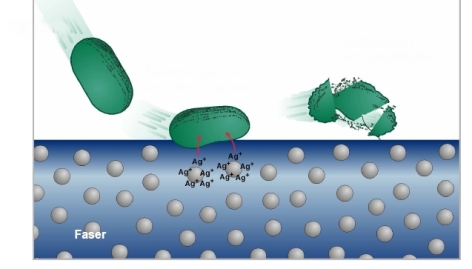
When bacteria/microbes encounter silver they die off. (Image: Trevira®)
Wetting the microfibre finger toothbrush activates the silver ions on the surface of the high-tech functional yarn. The silver works at close range. The effect is on the fibre surface.
If the moistened Chitodent® finger toothbrush comes into contact with microbes/bacteria, the silver ions send low positive electrical charges which damage the microbes/bacteria and kill them off.
Exactly the right number of silver ions needed to stop the microbes/bacteria growing and proliferating are added to the Chitodent® finger toothbrush.
The antibacterial active ingredient is firmly inserted in the fibre polymer, permanently antimicrobial, unaffected by frequent washing or use and does not migrate.
The silver ions in the Trevira® bioactive fibre keep working for the entire life cycle of the microfibre finger toothbrush.
The high-tech microfibre functional yarn of the Chitodent® finger toothbrush protects teeth by greatly reducing plaque.
The microfibre toothbrush is made of high-tech functional yarn which has an incredible fibre density.
Because the microfibres have such a large surface area, the contact surface between the finger toothbrush and teeth, gums and oral mucous membranes is very large, so cleaning performance and plaque removal are excellent.
The microfibre finger toothbrush has about 12,000 times more textile loops as a toothbrush has bristles.
Due to the large surface area of the loop-shaped microfilaments, the direct contact and lasso effect of the individual loops achieve a far greater cleaning efficiency than conventional bristle toothbrushes.
The fibres of the Chitodent® finger toothbrush remove all build-up, without harming the teeth or soft tissue. Plaque, odour-forming bacteria and germs are transferred to the fibres, away from the teeth and gums.
Wetting the microfibre finger toothbrush activates the silver ions on the surface of the high-tech functional yarn. The silver works at close range. The effect is on the fibre surface.
If the moistened Chitodent® finger toothbrush comes into contact with microbes/bacteria, the silver ions send low positive electrical charges which damage the microbes/bacteria and kill them off.
Exactly the right number of silver ions needed to stop the microbes/bacteria growing and proliferating are added to the Chitodent® finger toothbrush.
The antibacterial active ingredient is firmly inserted in the fibre polymer, permanently antimicrobial, unaffected by frequent washing or use and does not migrate.
The silver ions in the Trevira® bioactive fibre keep working for the entire life cycle of the microfibre finger toothbrush.
The high-tech microfibre functional yarn of the Chitodent® finger toothbrush protects teeth by greatly reducing plaque.
The microfibre toothbrush is made of high-tech functional yarn which has an incredible fibre density.
Because the microfibres have such a large surface area, the contact surface between the finger toothbrush and teeth, gums and oral mucous membranes is very large, so cleaning performance and plaque removal are excellent.
The microfibre finger toothbrush has about 12,000 times more textile loops as a toothbrush has bristles.
Due to the large surface area of the loop-shaped microfilaments, the direct contact and lasso effect of the individual loops achieve a far greater cleaning efficiency than conventional bristle toothbrushes.
The fibres of the Chitodent® finger toothbrush remove all build-up, without harming the teeth or soft tissue. Plaque, odour-forming bacteria and germs are transferred to the fibres, away from the teeth and gums.
How to use the Chitodent® finger toothbrush
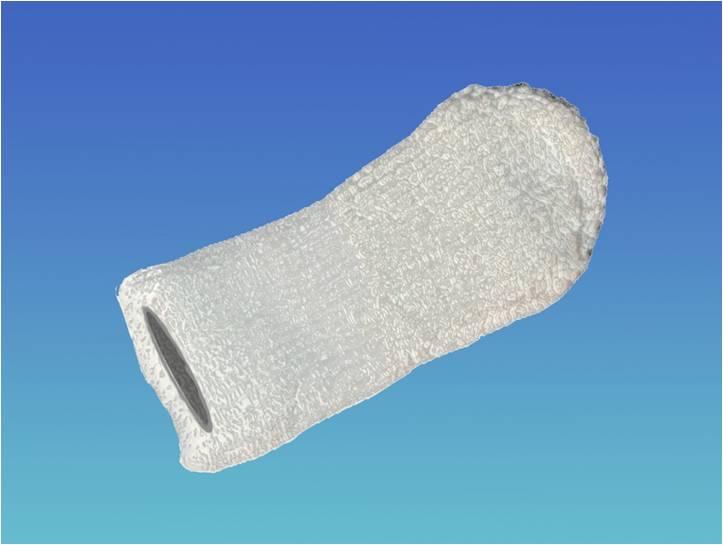
Clean, sparkling, plaque-free teeth with the microfibre toothbrush. The Chitodent® finger toothbrush is deadly to microbes and bacteria. Using Trevira® bioactive fibre, antimicrobial silver ions can now be added and permanently attached to the fibre. The inorganic silver is anchored in the fibre polymer. (including the polymer matrix) and counteracts the colonization/growth of microorganisms and odours in/on the finger toothbrush.
The dry finger toothbrush is put on the finger. The Chitodent® finger toothbrush has a flexible fit and is, therefore, suitable for any finger size.
Moisten the finger toothbrush under running water. Clean the teeth, gums and soft tissues of the mouth, with the finger toothbrush using circular movements. Remove build-up from the finger toothbrush by rinsing repeatedly under running water.
Allow the finger toothbrush to dry after each use before brushing your teeth again.
Do not wash the finger toothbrush with detergent or fabric softener. It can be washed at a maximum temperature of 60 degrees.
Pursuant to Art. 58 § 6 of the EU Regulation No. 528/2012:
The Chitodent® finger toothbrush contains a biocidal product.
The Trevira® bioactive fibre contains silver sodium hydrogen zirconium phosphate CAS-8 in the fibre polymer, which counteracts the colonization and multiplication of micro-organisms and odours in the treated product. Extensive studies and certifications have confirmed that the antimicrobial silver in the Trevira® bioactive fibre product remains effective as it is firmly attached to the fibre polymer. It has also been confirmed safe for consumers and the environment.
